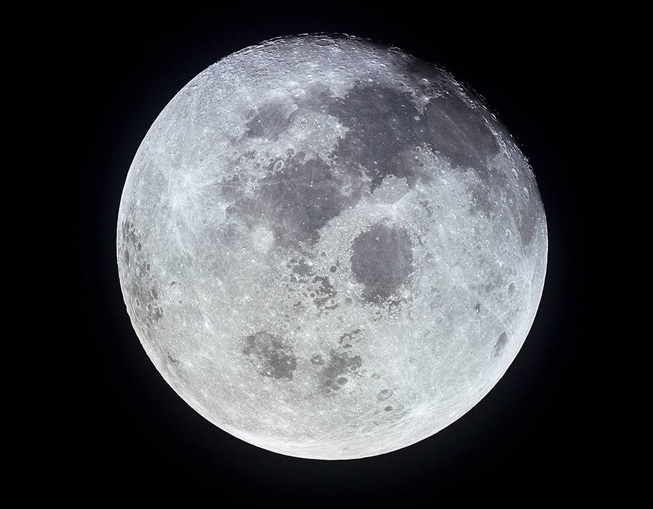The Moon's Gradual Retreat is Lengthening Earth Days
Posted on Categories Discover Magazine

Do you ever feel like there just isn’t enough time in the day? Well, the moon agrees with you — it’s actively slowing the Earth’s rotation, stretching out the length of our days little by little.
A study published on June 4 in the Proceedings of the National Academy of Sciences says that days on Earth lasted just 18 hours some 1.4 billion years ago, and that we can thank the moon’s gradual retreat for our ever-lengthening day.
It’s believed that tidal and gravitational interactions between the Earth and moon are causing it to withdraw at a rate of 3.82 centimeters per year, and although it’s quite subtle, the force exerted by the moon during its retreat influences Earth’s rotation. The moon’s retreat causes Earth to spin more slowly on its axis, increasing the amount of daily sunlight a given region receives.
To map out the moon’s historic withdrawal and our extending days, researchers didn’t turn to space, but rather just the opposite — our geologic record.
Stephen Meyers, a professor of geoscience at the University of Wisconsin-Madison, employed a statistical method called astrochronology, which uses geological observations and astronomical theories to reconstruct our early solar system and track how it affected Earth’s climate over time. By studying the layers of ancient sedimentary rocks, researchers can estimate what kind of climates they formed in and predict how much sunlight was reaching the Earth during that time period.
Researchers have previously turned to Earth’s geologic record to observe climate cycles from hundreds of millions of years ago, but going back billions of years is more tricky. Between the decay of most rocks from this time period and uncertainty as to the moon’s whereabouts, researchers have found it difficult to model our solar system this far back.
But Meyers, along with Alberto Malinverno of Columbia University, was ready to take on the challenge. In their study, they combined geological data with astrochronology and Bayesian inversion — methods used to account for unobserved variables and the uncertainty in our understanding of the solar system at the time.
They applied their method to two different rock layers. One layer was taken from a 55 million-year-old rock from the Walvis Ridge in the Atlantic Ocean, and the other taken from a 1.4 billion-year-old rock from Northern China. They were able to establish the climate the two formed in and, when compared, observe how Earth’s climate, orbit and rotation on its axis changed between the two periods. The data enabled them to determine the distance between Earth and the moon 1.4 billion years ago, which they say necessitates a much shorter 18-hour day at that time.
With a better understanding of the ancient relationship between Earth and the moon, we can now count on its constant retreat of 3.82 centimeters per year to lengthen our day. You’ll have to be patient, though, since this retreat will cause days to extend by just 2 milliseconds every 100 years. So if you find yourself asking, “Where will I ever find the time?” just remember that the moon’s working on it, slowly but surely.